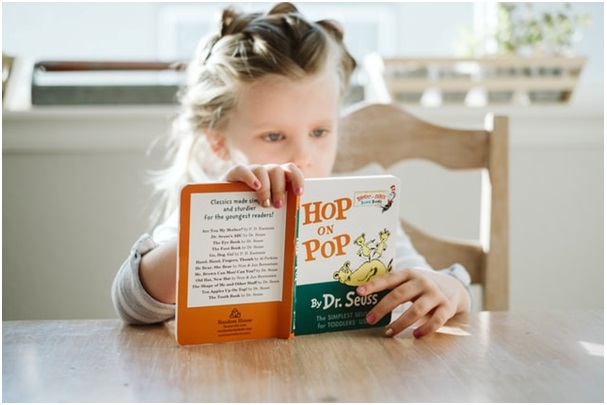Early Years is a specific timeframe in education and it refers to children’s development from birth until the age of five – or, to be more specific, until the 31st of August following their 5th birthday.
This means that a child born on the 30th of August will get almost a full year less monitoring than a child born on the 1st of September – but five full years of monitoring has been deemed sufficient to guide and assess a child’s learning and development to ensure that they are confident, ready, and able to cope with more formal mainstream education.
This teaching and monitoring framework is known as Early Years Foundation Stage, often shortened to EYFS, and it covers a comprehensive assessment of a child’s development and progress through from birth to formal education.
Anyone wanting to offer childminding services, preschool or kindergarten services will need to understand the tenets of EYFS and be able to maintain and produce detailed records.
These records are vital when it comes to tracking children, especially when they are in the education system, firstly because children can change so very fast at that age, and secondly because each child advances at a different rate.
EYFS tracking software make it much easier for teachers and childminders to keep track of the advances that each child makes during a set period of time.
Records must be kept as there are seven factors to be monitored and assessed, both against the child’s own previous records, but also against those of their cohort, and more widely yet, against a national year-group.
While all this data can show unfair disparities between, for example, wealthy areas and poorer ones, making teachers and service providers in the latter feel disheartened, it can help immensely, pinpointing local and national trends, and enabling educators to make appropriate changes to prevent such attainment gaps.

The areas monitored by EYFS are: PSE development, language and communication, physical development, maths and literacy, the world around us, expressive art and design, with expectations and milestones at each level appropriate for the child’s age.
Each area is marked for age appropriacy, with the three choices within each parameter being: Beginning, Within, or Secure, depending on whether they have just approached that milestone, are comfortably working within those expectations, or approaching the next level.

While all this work might seem like a lot of assessment and paperwork, it can be invaluable in pinpointing each child’s individual needs, targeting areas that need work, or bringing a gifted child’s talents to the fore.
Ofsted inspectors will always check EYFS paperwork, and it is used towards the child’s entry into formal education to inform new schools and teachers of any special circumstance that the child might be subject to.
Parents, too, can benefit from seeing EYFS information as it can verify their own concerns about their child’s learning even as it reassures them that testing (invariably only by observation of learning through play) is suitable and legally compliant, giving their child an excellent start to their educational career.
For more information visit TinyTracker.co.uk.
